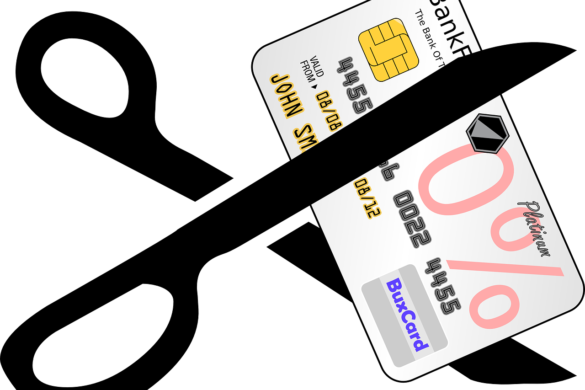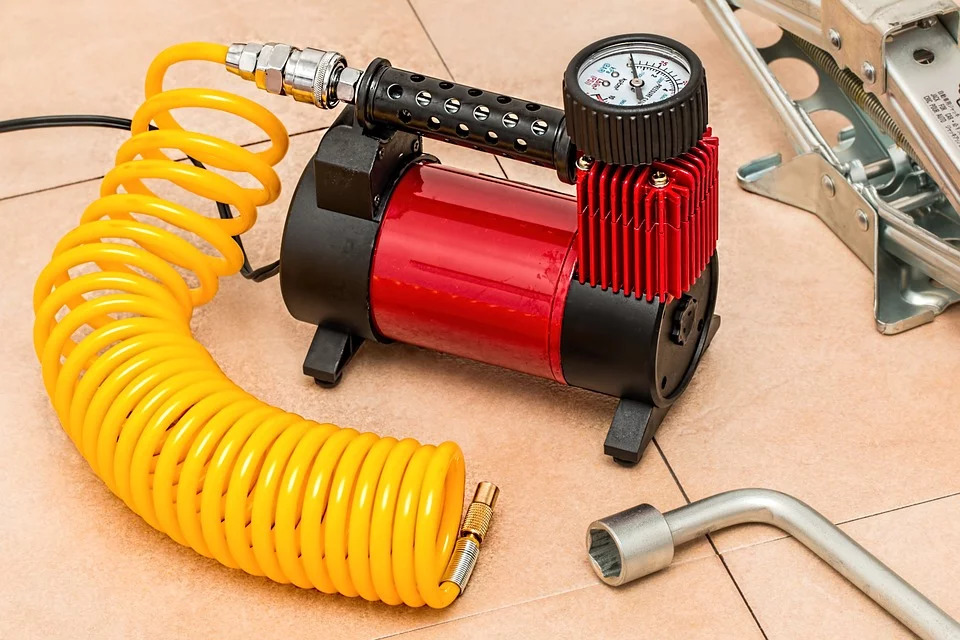
Published in 2018, the Kaufman Assessment Battery for Children, Second Edition Normative Update (KABC-II NU) assesses the cognitive strength and flexibility of children. It retains the same strengths as the KABC-II, but provides more recent normative data that reflects the population changes over time of children residing in the US.
The KABC-II NU covers a broad spectrum and theoretical base, and is the instrument of choice for most professionals conducting cognitive assessments. The information contained in the KABC-II NU is detailed and accurate.
History
Two areas of neuropsychological theory were used to develop the KABC. It combines Sperry’s thoughts from 1968 on left brain/right brain research along with its effects on cerebral specialization, and Luria’s work in 1966 on sequential, simultaneous processing dichotomy in cognitive psychology.
The KABC focused on the processes a child needs to solve problems rather than the idea that their success comes from being either verbal or nonverbal. The KABC is a nonverbal cognitive assessment that accurately measures problem solving skills in all children. It was one of the first intelligence tests based on neuropsychological theory.
The KABC is significant because it yields smaller-than-average differences in a child’s scores than what professionals originally thought were typical, specifically among the African American and European American groups. This is particularly relevant when assessing different ethnicities.
Sub-Testing Tools
The KABC-II NU includes eighteen subtests. They are either core subtests or supplementary subtests. The examiner can choose whether to follow the Luria model or the CHC model before getting started. The subtests are grouped into either four or five scales depending on the model the examiner selects and the age of the child.
The Luria model contains four scales including Sequential Processing, Simultaneous Processing, Learning Ability, and Planning Ability. The CHC model contains the same scales renamed as Short Term Memory, Visual Processing, Long Term Storage and Retrieval, and Fluid Reasoning. It also adds Crystallised Ability.
Simultaneous Processing or Visual Processing includes:
- Triangles: Assembling several triangles to match the picture given.
- Face Recognition: Looking at a photo of several faces for five seconds and being able to select the correct faces in a different pose.
- Block Counting: Counting the number of blocks in a picture, even if some blocks are partially hidden.
- Conceptual Thinking: Selecting a picture from a set of four or five that does not belong.
- Rover: Trying to find the quickest path from a toy dog to the bone on a grid containing multiple obstacles.
- Gestalt Closure: Filling in gaps on an incomplete inkblot drawing, while naming or describing the object.
- Pattern Reasoning for ages 5 and 6
- Story Completion for ages 5 and 6
Sequential Processing or Short Term Memory includes:
- Word Order: Touching a series of objects in the same order as the assessor reads them aloud.
- Number Recall: Repeating a string of numbers in the same order as the assessor reads them aloud, using strings that range from two to nine digits.
- Hand Movements: Copying a series of taps on the table from the examiner with a fist, palm, or side of the hand.
Planning Ability or Fluid Reasoning (for ages 7-18) includes:
- Pattern Reasoning: Selecting a missing stimulus from several options to complete a linear pattern as shown by the examiner.
- Story Completion: Selecting pictures to complete a story and placing them in the correct location.
Learning Ability or Fluid Reasoning (for ages 7-18) includes:
- Atlantis: Pointing to the correct picture of a fish, a shell, or a plant after being taught a nonsense name for the image.
- Atlantis Delayed: Recalling the nonsense name and point to the correct picture 15-25 minutes later.
- Rebus: Reading aloud phrases or sentences containing words or concepts associated with a drawing that the assessor teaches.
- Rebus Delayed: Repeating a Rebus subtest 15-25 minutes later to demonstrate recall.
Knowledge (CHC only) includes:
- Riddles: Pointing to or naming characteristics of concrete or abstract concepts named by the examiner.
- Expressive Vocabulary: Measuring the child’s ability to correctly name objects or illustrations.
- Verbal Knowledge: Selecting the picture that corresponds to a vocabulary word from a group of six pictures.
The Luria model takes between twenty-five and sixty minutes to administer, and the CHC model takes between thirty and seventy-five. The subtests and the tools included in the KABC-II NU help examiners assess and determine cognitive abilities in children in a short amount of time. For more information on this assessment and other cognitive, achievement and learning measures visit WPS.









